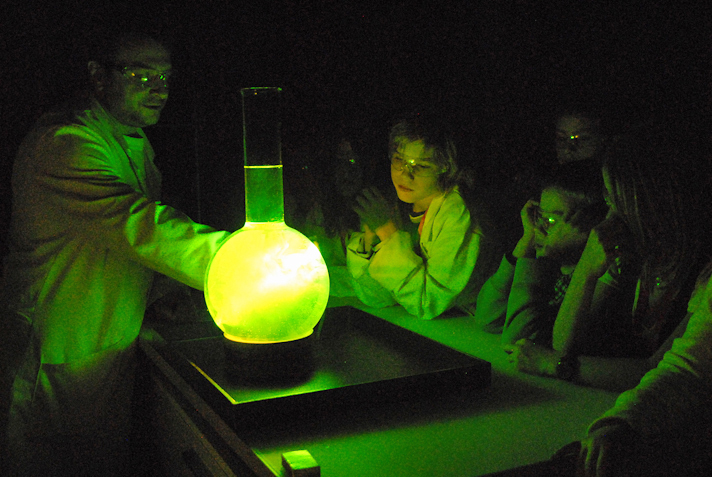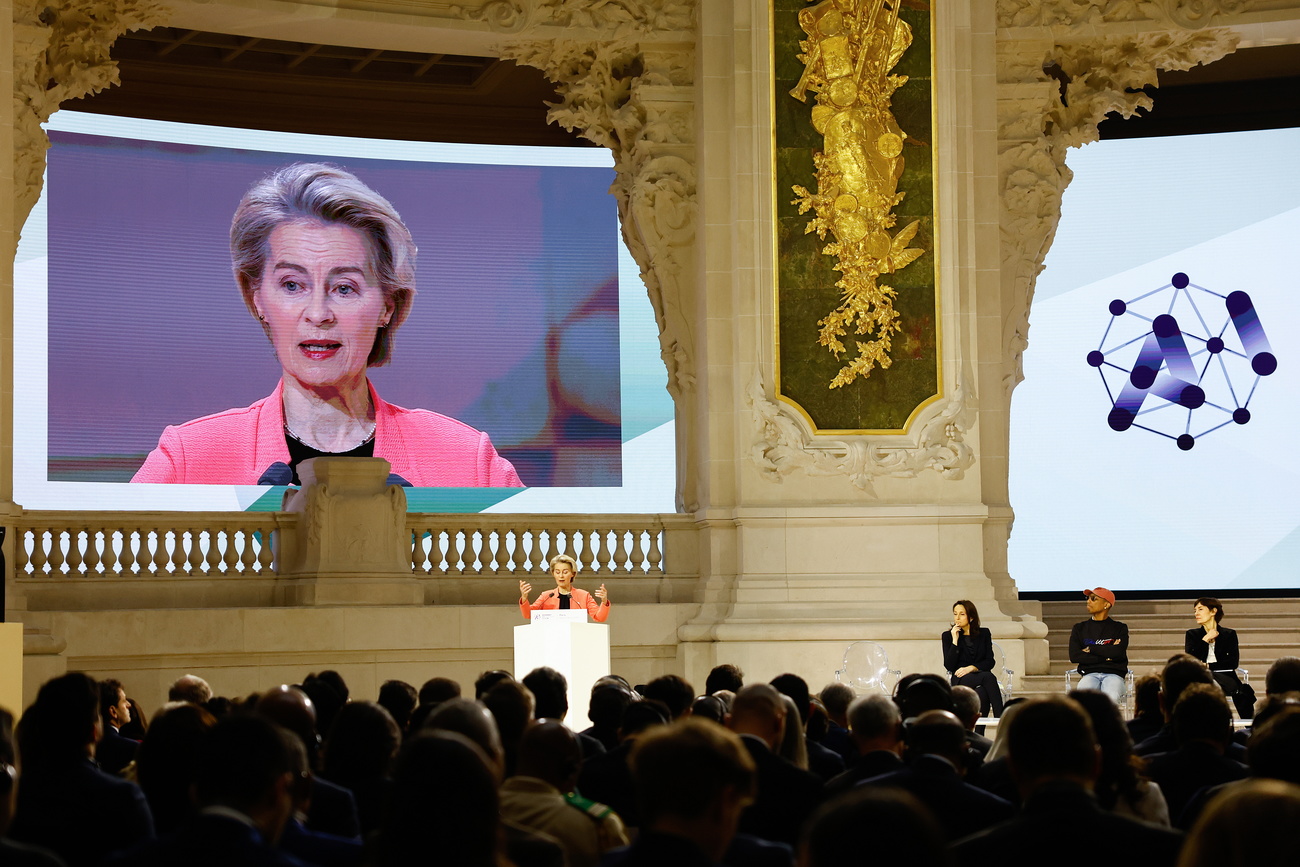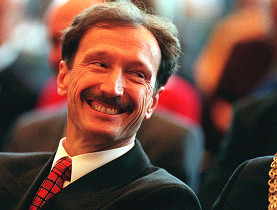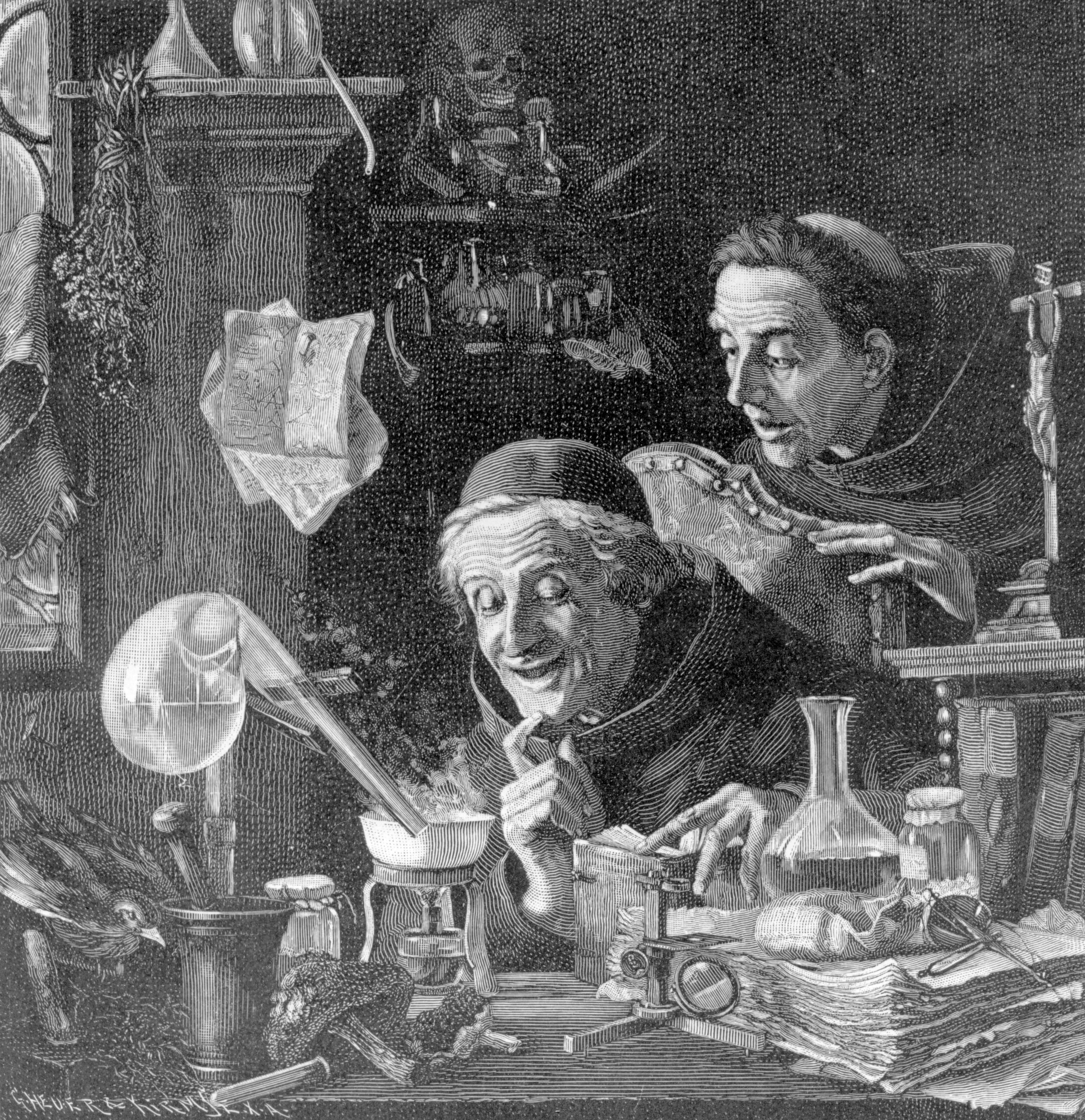Breaking bad publicity in the chemistry lab

Flames erupt from an exploding hydrogen balloon. Don’t panic! This is part of Chimiscope, an attempt by Geneva University to attract people to careers in chemistry.
Why are fireworks blue, green, yellow and red? How on earth can a double-wall coffee mug warm up when shaken? By what miracle are the insides of Christmas baubles covered in silver? This is what Chimiscope aims to explain and demonstrate.
As the International Year of Chemistry comes to an end – and three years after Physiscope, which was devoted to physics – on November 24 Geneva University inaugurated a chemical equivalent.
The truth is that although the Basel-based pharmaceutical giant Novartis is threatening to cut 1,100 jobs in its Swiss factories, there’s a lack of brainpower in Swiss laboratories. Around 1,000 specialists are needed.
What’s more, every university in the country – with the exception of Geneva – has seen the number of chemistry students dwindle.
One reason is that young people often consider the subject matter somewhat dry. But seeing the enthusiasm of the lab technicians and doctoral students at the Chimiscope demonstration, it is clear that chemistry can also arouse passion.
World of wonder
“Obviously we give different talks to eight-year-olds than to 18- or 19-year-olds who are studying science at college,” Didier Perret, spokesman of Geneva University’s school of chemistry and biochemistry, told swissinfo.ch.
“With the former, it’s above all about wonder – but not just the wonder of a fun fair – you see something else: a sparkling in their eyes. The older ones on the other hand are much more serious – they’re looking to understand things based on what they already know.”
Perret mentions another noticeable difference: when the organiser asks for a volunteer among a class of 15 children, 15 hands immediately shoot up – “make that 30” – but teenagers are much more reticent to “put on a show” in front of their friends.
That doesn’t prevent them being amazed when a blue laser explodes a red balloon inside a blue balloon – leaving the latter intact!
Practical examples
But Chimiscope is not reserved exclusively for young people. In fact it says it’s for anyone aged “seven to 107” and warmly welcomes groups of adults, for example on a company outing.
Whatever the demonstration , the chemists never forget to give practical examples of what’s going on inside the test tubes.
So fuming coloured cocktails demonstrate the ability of elements to absorb a fraction of white light and to reflect only certain wavelengths: blue for copper, green for barium, yellow for sodium and red for strontium – all components of fireworks.
What’s more, one learns how dipping two plates of copper and zinc in a glass of orange juice can provide enough electrical current to power a watch. The principle behind this is the basis of the battery, discovered at the beginning of the 19th century by Alessandro Volta.
Solutions
At present, Chimiscope presents two shows: on energy and colours. Four more will be added: chemistry and the environment, chemistry in everyday life, the chemistry of life and chemistry and chirality, which deals with asymmetric molecules and can explain why a molecule will smell of lemon if turned one way but orange if turned another.
Geneva University is expecting Chimiscope to attract an average of 4,000 people a year.
It is supported by the Geneva Industry Association of Life Sciences and aims to show all the possibilities of a discipline which is responsible for finding, in the words of Didier Perret, “solutions to several problems in today’s world, in the areas of health, energy, materials and the environment”.
2011 is:
350 years since the publication of Robert Boyle’s “The Sceptical Chymist”, generally acknowledged as marking the birth of modern chemistry.
The 100th anniversary of the Nobel Prize awarded to Marie Curie – an opportunity to celebrate the contributions of women to science.
The 100th anniversary of the founding of the International Association of Chemical Societies – a chance to highlight the benefits of international scientific collaboration.
Europe and the United States each have about 40% of the sales of the Swiss chemical and pharmaceutical industry, while Asia takes in 17%, leaving Switzerland with a very small domestic market.
With a share of over 4% of the world export of chemical and pharmaceutical products, Switzerland is number nine among the biggest export nations.
Expenditures on research by the chemical and pharmaceutical industry in Switzerland in 2008 amounted to SFr5.3 billion, corresponding to 44% of total private research spending in the Swiss industry. Measured as research expenditures per employee the Swiss chemical and pharmaceutical industry is at the top of the sector worldwide.
(Source: Swiss Society of Chemical Industries)
(Adapted from French by Thomas Stephens)

In compliance with the JTI standards
More: SWI swissinfo.ch certified by the Journalism Trust Initiative













You can find an overview of ongoing debates with our journalists here . Please join us!
If you want to start a conversation about a topic raised in this article or want to report factual errors, email us at english@swissinfo.ch.